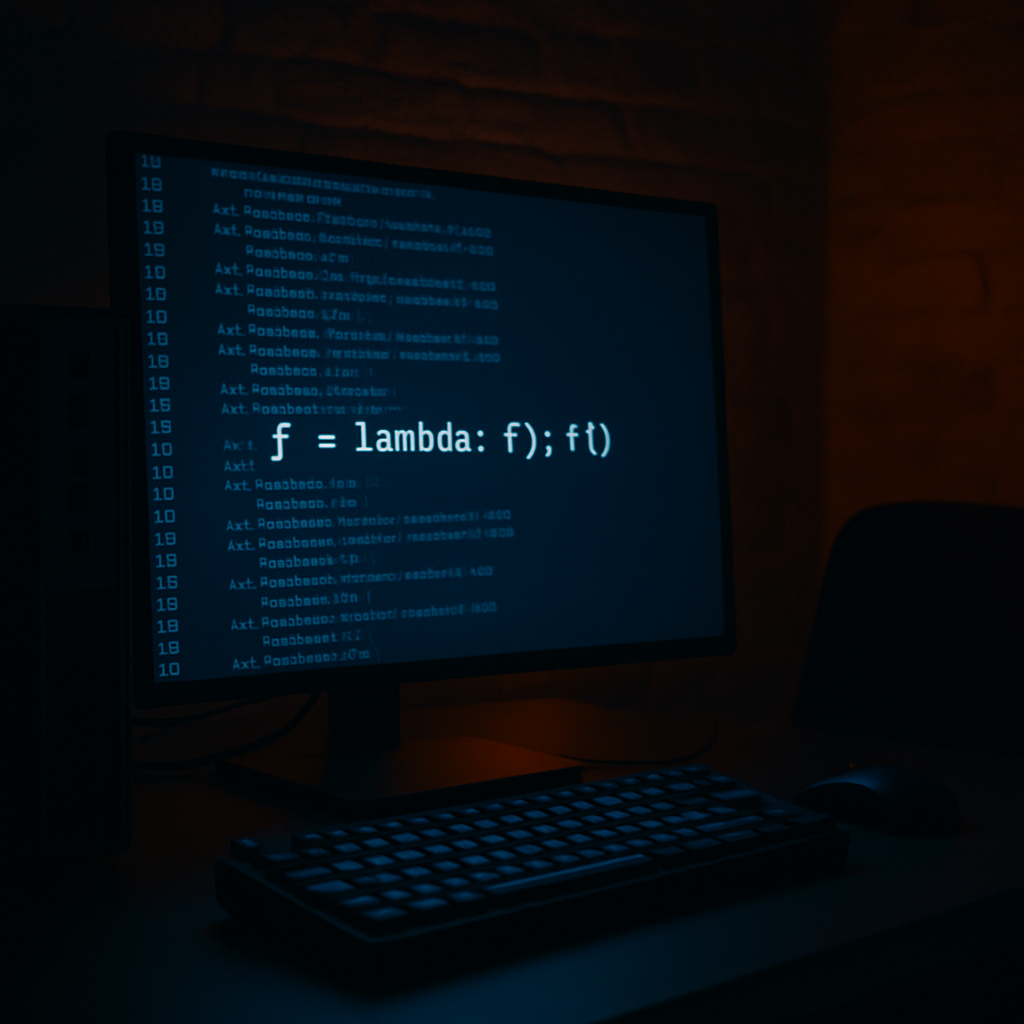Stop Your Code with One Line of Python: The Infinite Recursion Trick!
Discover how a simple line of Python code can quickly bring your program to a standstill. Learn about infinite recursion and its implications on your coding practices.
Understanding Recursion in Python
Recursion is a powerful tool in programming, allowing a function to call itself to solve problems iteratively. It’s an elegant solution for tasks like navigating complex data structures or implementing mathematical formulas. However, recursion requires careful handling to ensure that each function call has a clear path to termination.
Without proper base cases, recursion can lead to excessive memory consumption and result in a stack overflow error. This can effectively crash your program, which is where an understanding of Python’s recursion capabilities becomes essential for both novice and experienced programmers alike.
The Infinite Recursion Trick
One intriguing example of Python’s recursion power—and its potential pitfalls—is the infinite recursion trick. By executing a single line of code, you can crash your program instantly. This is demonstrated by the line: f = lambda: f(); f(). This snippet sets up an endless loop of function calls, all thanks to Python’s dynamic name binding.
Here’s what happens: The lambda function, which is a quick way to create small anonymous functions in Python, calls itself indefinitely. Since there’s no escape condition or base case, the program spirals into an endless cycle, rapidly consuming system memory.
- Lambda Functions: These are small, anonymous functions defined using the
lambdakeyword. - Name Binding: Python resolves names dynamically, which means that when
fis called, it continues to reference itself. - Termination Conditions: Without a base condition, the function doesn’t know when to stop.
This trick is a compelling demonstration of how powerful recursion is and why it should be used with caution.
Applying Recursion Wisely
While using tricks like infinite recursion might seem amusing, it’s crucial to recognize the broader implications of improper recursion. Recursion should always include a base case or exit condition to prevent infinite loops and potential crashes.
Many coding enthusiasts develop recursive algorithms by initially focusing on the base case—the condition under which the function should stop calling itself. This approach helps maintain control over the runtime behavior and prevents unforeseen issues. By ensuring that each recursive call moves closer to this base case, you effectively safeguard your program against unexpected termination.
Mastering Python’s Recursion
Gaining proficiency in recursion allows you to tackle complex problems with confidence. It can be an essential component of your Python toolkit, unlocking solutions that might otherwise seem cumbersome. Online resources, coding practice sites, and documentation are valuable assets in understanding and leveraging recursion effectively.
Using recursion judiciously can significantly enhance both your problem-solving skills and program efficiency. Many sources suggest that continually practicing recursive solutions on a variety of problems is a great way to build intuition and dexterity in this area.
As you dive deeper into Python’s potential, remember to subscribe and stay connected for more insights and tips that will keep your coding skills sharp and reliable.
Thank you for exploring the intriguing world of recursion with us. Until next time, happy coding!

Leave a Reply